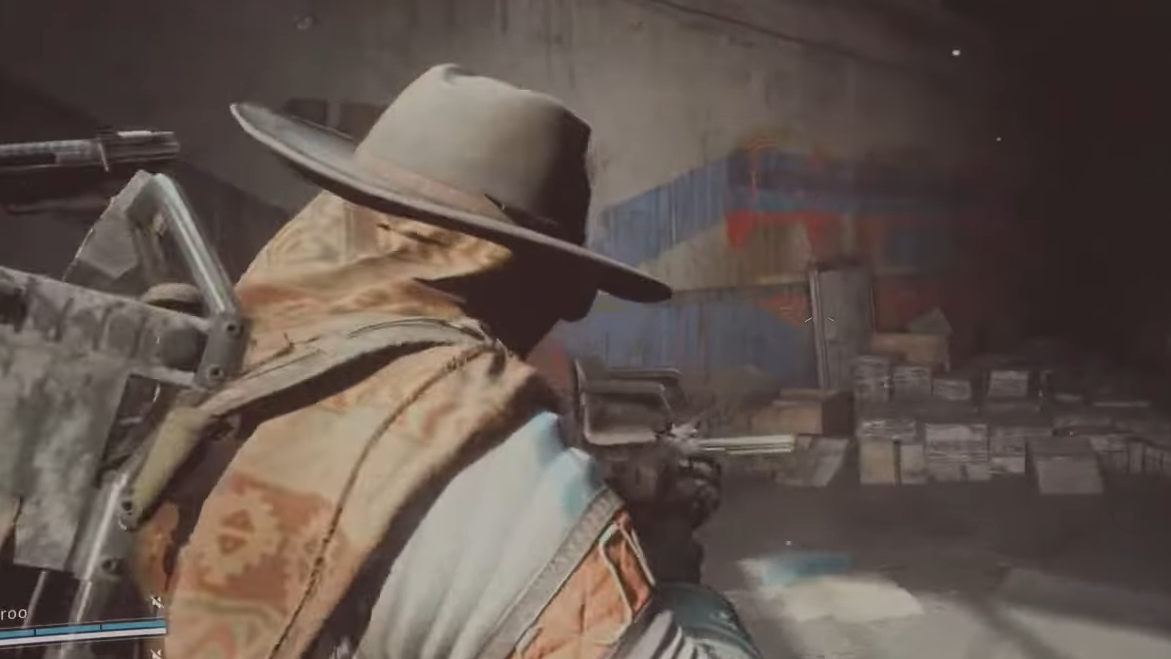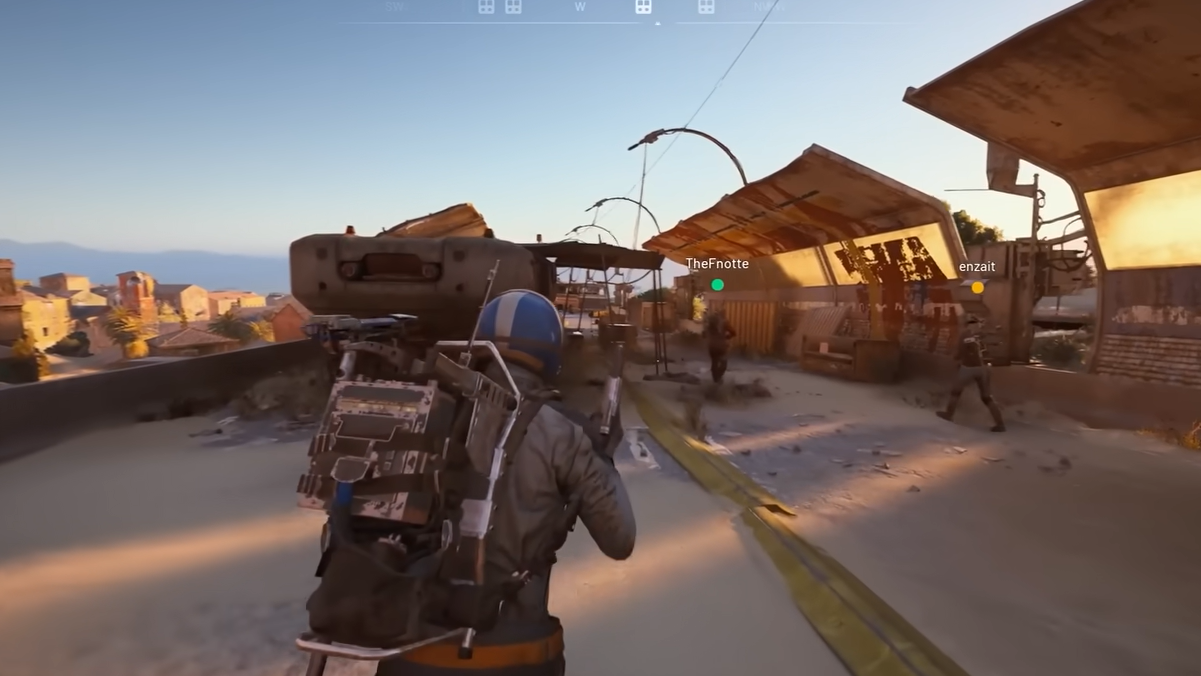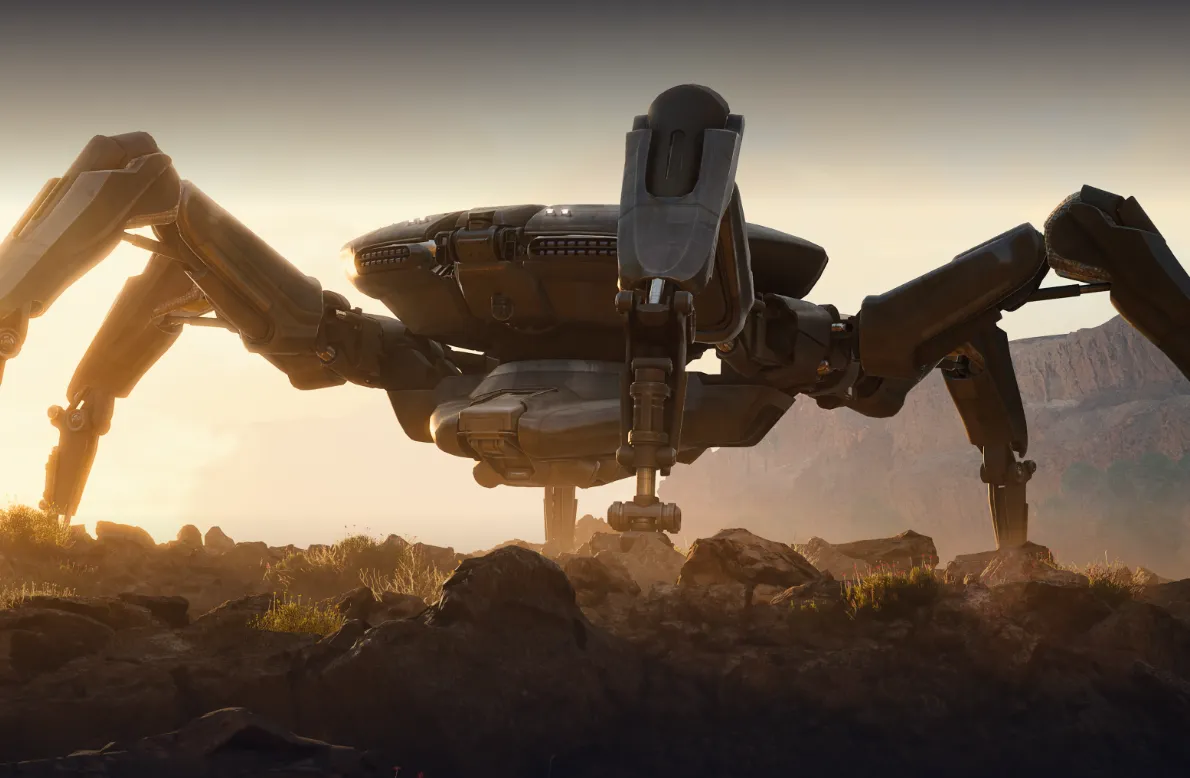How much did ARC Raiders cost to make? The studio hasn’t disclosed a budget. The clearest signal so far is from Embark’s leadership, which has said that a comparable production at a larger publisher over the same development span would have run into “hundreds and hundreds and hundreds of millions of dollars,” and that ARC Raiders was built for far less. That sets a ceiling, not a precise number, but it’s the only on-the-record guidance about cost.
What Embark has actually said about cost
Embark describes a development model built around internal tools, automation, and workflows unique to the studio. The company is roughly 300 people and runs multiple large projects in parallel, including ongoing live updates for The Finals. The claim is that these investments let the team build and update games faster and more efficiently than traditional pipelines, which in turn keeps budgets below what a major publisher might spend on a project of similar scope.
Read that carefully: it’s not a number. It’s a directional statement—ARC Raiders did not require the “hundreds of millions” that a conventional approach might entail. That’s useful context, but it still leaves the exact budget undisclosed.
Price, sales, and revenue snapshot (week one)
| Item | Figure | Notes |
|---|---|---|
| Launch price (US) | $40 | Premium release, not free-to-play |
| Regional example (India) | ₹2,467 (~$28) | Regional pricing adjustment |
| First-week unit sales | ~2.5 million | Across PC and consoles |
| First-week gross revenue | $100 million+ | Driven by the $40 sticker price |
| Platform split (approx.) | Steam ~69%, PlayStation ~17%, Xbox ~13% | Steam ~1.7M; PS ~400K; Xbox ~300K |
| Release date | October 30, 2025 | PC, PS5, Xbox Series X/S |
These figures describe revenue performance, not costs. They don’t reveal the budget, but they do show ARC Raiders recouped significant gross revenues quickly under a premium pricing model.

Decisions and production choices that shape budget
- Studio tooling and automation: Embark emphasizes in-house tools and automated workflows to reduce manual, time-consuming tasks. That can lower labor hours per feature, which is often a primary cost driver.
- Parallel teams and live cadence: Maintaining weekly updates on one title while shipping another suggests pipeline efficiency. The claim isn’t about rushing; it’s about removing friction in asset creation, testing, and deployment.
- Engine and tech stack: ARC Raiders runs on Unreal Engine 5. Off-the-shelf engines can shift spending from core tech to content, though overall impact depends on how much customization a team undertakes.
- Voice production: Some voice lines were generated with AI from contracted actor samples under specific agreements. This is a process choice that can speed iteration; its net effect on the budget depends on the scope and retake needs.
- Monetization model: The shift from planned free-to-play to a $40 premium release changes how costs are recovered. Early unit sales generated over $100 million in gross revenue, which provides runway for live updates and new content.
None of these items, taken alone, sets the budget. Together, they explain why Embark positions ARC Raiders as built well below blockbuster-publisher spending for comparable timelines.
What can and can’t be inferred about the budget
- What’s solid: Embark positions ARC Raiders as materially cheaper than a traditional “hundreds of millions” build. The game launched at $40, saw regional pricing in some markets, and sold around 2.5 million copies in its first week for $100 million+ in gross revenue.
- What’s not disclosed: The actual development and marketing budget, team-months dedicated specifically to ARC Raiders, cost per content update, and any external spend beyond headcount and tools.
- What would change the picture: A formal budget disclosure or financial filing that itemizes development, marketing, and post-launch support expenditures. Without that, any hard estimate is guesswork.

Why this matters
Extraction shooters are content-hungry and live-service heavy. Budgets aren’t just about getting to launch; they’re about sustaining updates once a meta forms and expectations rise. A $40 price point and a strong week one can cover a meaningful chunk of ongoing costs, but longevity still depends on the studio’s ability to ship new maps, enemies, and raid zones at a repeatable, sustainable cadence. Embark says its pipelines are built for that pace. Until a dollar figure is published, the best available answer is simply that ARC Raiders’ budget sits well below the “hundreds of millions” bracket—and that early sales gave the studio substantial revenue to keep the updates coming.


